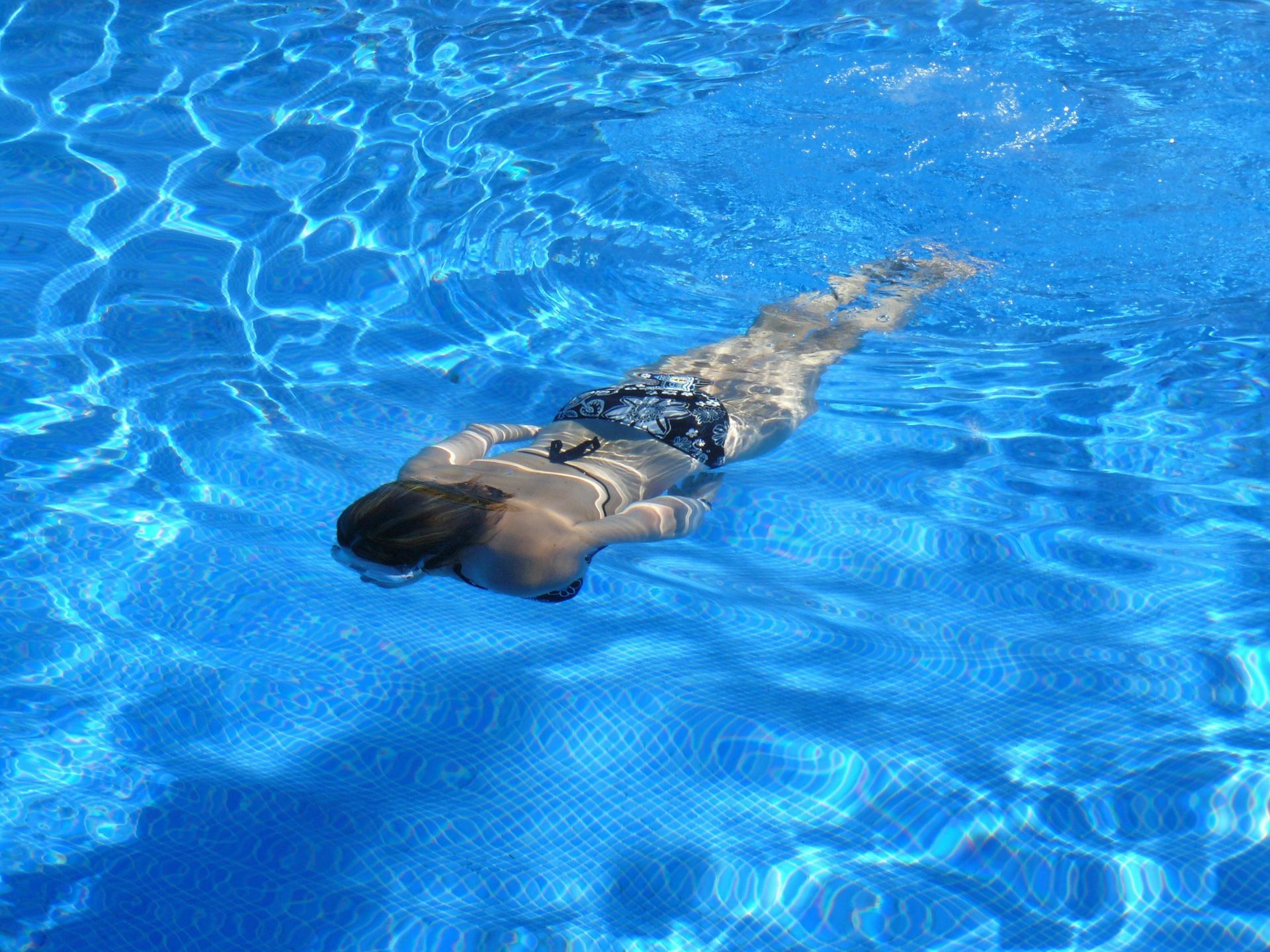My Story
Evangeline Lindorf: A Compassionate Expert in Neurology, MCAS, Chiara Malformation, POTS, Autoimmune Disorders, Tick Borne Diseases, & Allergies
Hi! My name is Evangeline Lindorf. I'm a Nurse Practitioner with a heart for holistic patient care. My 20-year healthcare journey, beginning as an EMT and evolving through roles as an Emergency Room Nurse and a Nurse Practitioner, reflects my deep-rooted commitment to patient wellness.
I pride myself on being a trustworthy health partner, focusing on integrative medicine to treat you as a whole, not just play catch up whack-a-mole with each new symptom that crops up. My areas of expertise encompasses neurology and allergy treatment, chronic infections (including Lyme disease, Long Covid, etc.), offering relief and management in these complex fields.
In addition to these specialties, my practice covers a wide range of health concerns:
Gut Health: Diagnosing and treating gut-related issues, with referrals to gastroenterologists for specialized care.
Hormonal Imbalances: Managing thyroid, adrenal, and menopausal conditions, with endocrinologist consultations as needed.
Sleep Disorders: Addressing sleep-related issues, including referrals to sleep specialists.
Weight Management: Assisting in understanding weight changes, collaborating with nutritionists and endocrinologists, and testing for hormone and vitamin imbalances, as well as addressing glucose spikes and insulin resistance.
Joint Pain: Treating various causes of joint pain, with a network of specialists for advanced care.
Migraines and Headaches: Providing treatment for chronic headaches, with neurologist referrals for complex cases.
Food Allergies and Sensitivities: Identifying and managing dietary concerns, educating you on real life strategies for living with food allergies, and providing allergist referrals when necessary.
Brain Health:
Assessing and treating memory-related issues, collaborating with neurologists and geriatric specialists.
Join me in a partnership that prioritizes your health and well-being. Together, we'll achieve the balance and vitality that you deserve.
If you want something you have never had, you have to do something you have never done.
Conditions Treated
Digestive Health
Metabolic and Hormonal Disorders
Neurological and Cognitive Health
Sleep Disorders
Let's Discover How I Can Help You Feel Your Best
Your journey to better health is just a message away. Whether you’re facing chronic conditions, seeking relief from pain, or aiming to improve your overall wellness, I’m here to guide and support you. As a dedicated Nurse Practitioner in Utah County, I bring a blend of expertise, empathy, and personalized care to address your unique health needs. Don't let health challenges hold you back any longer. Reach out today, and let’s explore how we can work together to help you feel your best. Every step towards health is a step towards a happier, fuller life.
Contact Us
Blog










